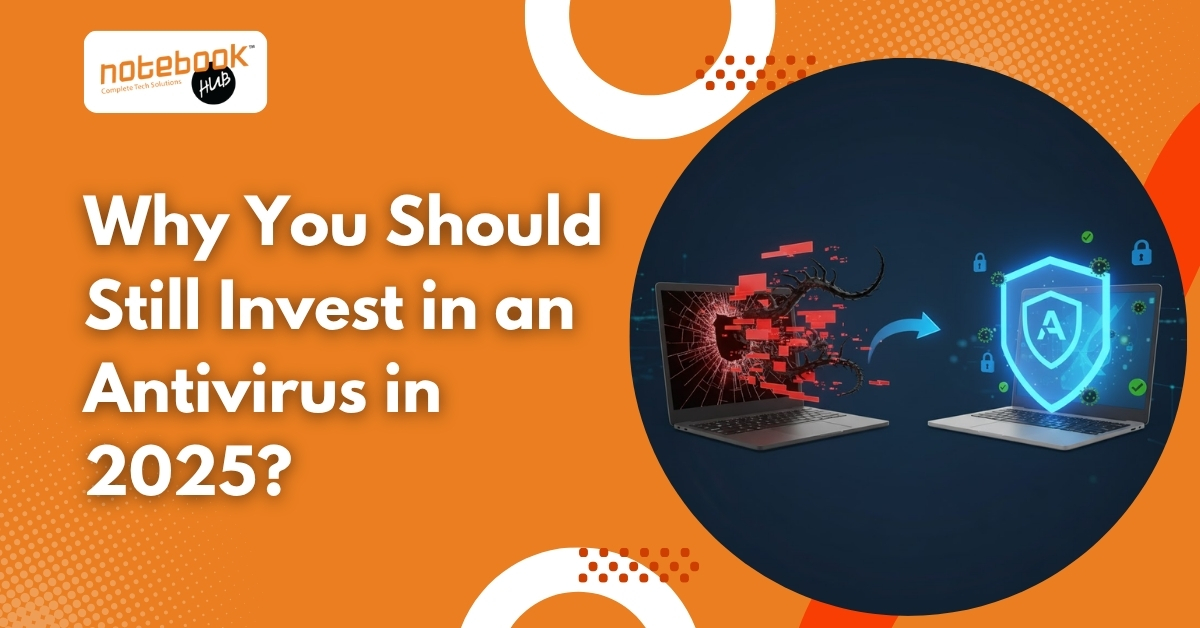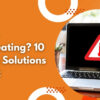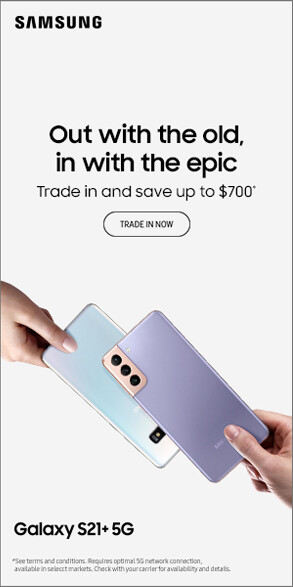No products in the cart.

Here’s the thing: many people believe that built-in security features on their devices are enough, so they skip installing dedicated antivirus software. But the reality is different. In 2025, the digital threat landscape will have evolved in ways that make antivirus protection more relevant than ever. What this really means is skipping it is a gamble, and one you probably don’t want to take.
1. The threat environment has grown much more complex
We used to think of “a virus” as a simple piece of malicious code that attaches to files and spreads. Today, threats come in many shapes – malware, ransomware, trojans, spyware, phishing attacks, supply-chain compromises, and attacks driven by artificial intelligence (AI) and machine learning. According to a recent guide, antivirus software does more than detect viruses; it also covers malware, ransomware, spyware, adware, phishing, and more.
We see that criminals are using sophisticated techniques: malicious browser extensions remain a serious vector, even in 2025. And malware that evades detection is being discovered.
In short, the digital world is more dangerous and more layered than most casual users realize.
2. Built-in protection may not cover everything
Yes, modern operating systems (Windows, macOS, Android) come with basic security features. But are these enough? The answer increasingly is no if you want full coverage.
One guide says: Yes, you need antivirus software. While some systems are resilient to many threats, built-in tools often do not include behavior-based scanning or full coverage across all devices. Many threats are zero-day (unknown), fileless (running in memory or using exploits), or arrive via unusual delivery mechanisms (extensions, supply chain). Basic protection often lacks real-time monitoring, rollback for ransomware, or full mobile device coverage.
Also, just because a system is resilient does not mean it is immune. Attackers keep finding vulnerabilities in all major platforms.
3. What modern antivirus software brings to the table
If you invest in a quality antivirus solution in 2025, here is what you should expect – and why it matters:
- Real-time protection that scans downloads, monitors processes.
- Behavior-based detection so you are protected not only against known threats but against suspicious behaviors.
- Ransomware protection, including file rollback or containment.
- Web protection, network protection, and mobile device support (many suites now cover more than just PCs).
- Cloud-based updates and threat intelligence so the software keeps up with new threats.
In short, buying antivirus software in 2025 is no longer just about “virus scanning” – it is about layered digital protection across devices and threat types.
4. The cost of not having protection
Every file you download, every link you click, every extension you install, every device you connect to your home network is a potential location for attack. If something goes wrong, what is at stake? Your data, your identity, your finances, maybe your access to your own device.
One article pointed out that small businesses often suffer major consequences because they assume basic protection is enough.
You rarely hear of someone being “just attacked by a virus” in isolation. Modern attacks often combine social engineering (phishing), exploit delivery, remote access, lateral movement, data theft, and then maybe encryption or extortion.
So what’s the real cost? It is the unexpected: missing work, paying for recovery, losing sensitive data, and dealing with identity theft. An antivirus is a relatively modest cost compared to the potential damage.
5. Choosing the right antivirus for 2025
Not all antivirus products are equal. Here are some criteria to keep in mind:
- Check independent test results.
- Check feature sets: Does it include behavior detection, ransomware rollback, and mobile device coverage?
- Consider performance impact: Protection is good, but it shouldn’t slow your system down.
- Think about coverage across devices (PCs, Macs, smartphones, tablets).
- Ensure regular updates and active threat intelligence.
- Choose trusted vendors with good track records. In India, many reviews pick brands like Quick Heal, Kaspersky, and Bitdefender.
Being selective means you invest once in a solution that doesn’t just sit idle – it actively defends you.
6. Beyond antivirus: other good practices
Okay, so we’ve established antivirus remains essential. But it is not the whole story. Good digital security includes:
- Keeping your operating system and apps up to date (patch vulnerabilities).
- Using strong, unique passwords or pass-phrases and enabling multi-factor authentication.
- Regular backups of your data (so you can recover if worst comes to worst).
- A cautious mindset: think twice before clicking links, downloading attachments,or installing unknown extensions.
- Awareness of phishing, social engineering, and other human-factor risks.
Antivirus is part of that ecosystem. It does not replace safe practices or system hygiene – it augments them.
7. What this means for you in 2025
If you are reading this blog in 2025 and you have not yet invested in a solid antivirus solution, here is what I suggest:
- Treat it like insurance. You may not need it every day, but when you do you’ll be glad you have it.
- Don’t assume “free” built-in protection covers you fully. The extra layers matter.
- Choose a solution tailored to your lifestyle: your number of devices, the type of usage you have (work, personal, family), and your risk profile.
- Budget for it. The cost is small compared to the potential damage.
- Remember, threats evolve. Your protection should too.
Top Antivirus Suggestions for India (2025)
Here are five antivirus solutions worth considering in India, with strong reviews and local suitability. Choose based on your budget, number of devices, and features you need.
- Quick Heal Total Security – A strong Indian brand known for local support and cost-effective protection for home users.
- Bitdefender Antivirus Plus – A global premium product with excellent independent test results and strong protection features.
- McAfee Antivirus – Offers multi-device protection and useful extras for families and professionals who handle sensitive data.
- K7 Antivirus Premium – A budget-friendly Indian option that does the essentials well for users who want basic protection without heavy spending.
- Quick Heal Antivirus Pro – A lighter version suitable for single devices or users who don’t need the full gang of features but still want protection.
Quick Tips for Choosing
- If you have many devices (PCs, Macs, mobiles) or work with sensitive data, go for Bitdefender or McAfee.
- If you want good support in India and a cost-effective option, Quick Heal is a great pick.
- If your budget is tight and you only need protection for one device, K7 or Quick Heal Pro will do.
- Always buy from authorized sellers to avoid pirated keys or fake versions.
- Make sure the license covers all your devices and that renewal costs are clear (some brands increase renewal price).
Conclusion
Investing in an antivirus in 2025 is not just a relic of earlier years – it’s a smart, proactive move. Because what you are really buying is peace of mind: knowing that you have a layer of defense against faster threats, sneakier, and more varied than ever before.
So if you haven’t yet picked a good antivirus for your devices, consider this your nudge. It is not just about keeping viruses out – it is about keeping your digital life intact.
Disclaimer:
The information shared in this article is intended for general awareness and educational purposes only. While every effort has been made to ensure accuracy, technology and cybersecurity trends may change over time. Notebook Hub does not promote or endorse any specific antivirus brand mentioned in this post. Readers are advised to review the latest product details, independent test results, and user reviews before making a purchase or subscription decision. Notebook Hub will not be held responsible for any loss, damage, or security issues resulting from third-party software or external links referenced in this content.










